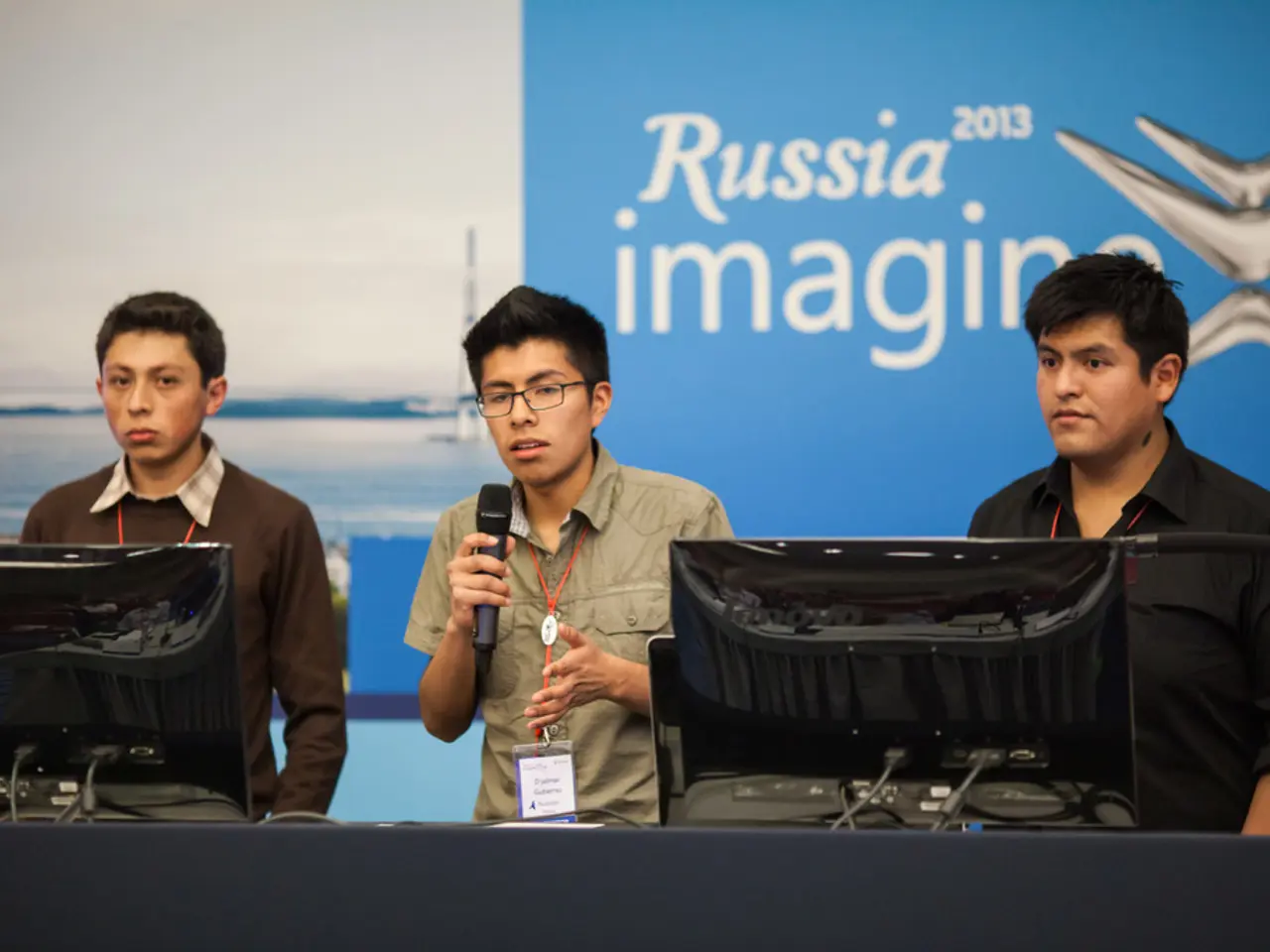Diplomatic Developments Shaping Global Connections: Influential Agreements, Partnerships, and Confrontations that Molded International Relations
Diplomacy, the art of conducting negotiations between nations, has a rich and evolving history that spans centuries. From ancient tribute systems to modern-day cyber diplomacy, diplomatic practices have adapted to the political, military, and technological landscapes of each era.
In the Ancient World and Middle Ages, diplomacy was heavily influenced by feudalism and the rise of nation-states. Tribute systems and suzerainty were common, with neighboring states acknowledging the suzerain authority of a more powerful state by paying tribute and accepting protection in foreign affairs. Gift-giving, tribute, and symbolic exchanges were also prevalent, serving to manage conflicts, assert dominance, and negotiate protection and patronage across Afro-Eurasian polities.
The Early Modern Period (1648–1814) marked a significant shift, with the Peace of Westphalia (1648) establishing the modern state system and sovereignty. This foundational moment catalysed new diplomatic norms based on legal equality among states. European powers began to use balance-of-power diplomacy, carefully managing alliances and wars to prevent any single state from dominating the continent. Powerful states like Britain and the Dutch Republic employed strategic subsidies and mercenary troops to influence conflicts and alliances.
The Modern Era witnessed a proliferation of treaties and alliances that significantly shaped international relations. The 19th century brought the rise of industrialized nation-states and the expansion of colonial empires, altering diplomatic relations as imperial powers competed globally. Treaties increasingly reflected not only territorial adjustments but also legal frameworks for trade, military alliances, and colonial administration.
In the Contemporary Digital Age, digital communication and information technologies have transformed diplomatic practices fundamentally. The instantaneous flow of information, cyber diplomacy, and digital platforms have altered how states communicate, negotiate, and manage conflicts. Traditional diplomatic norms—such as discrete negotiation and controlled messaging—face new challenges from social media, hacking, and cyber espionage, necessitating updated frameworks for international cooperation on cybersecurity and digital governance.
The evolution of diplomatic practices provides valuable insights into the complexities of diplomacy in the modern world. However, it also poses cybersecurity risks and challenges traditional notions of diplomatic secrecy. Understanding this long trajectory helps us grasp the challenges and opportunities that lie ahead in the ever-changing landscape of international diplomacy.
Key Features and Impacts on International Relations:
| Era | Key Features | Impact on International Relations | |------------------|-----------------------------------------------|------------------------------------------------------------------| | Ancient & Middle Ages | Tribute systems, gift diplomacy, suzerainty | Hierarchical relations, ritualized diplomacy, limited sovereignty | | Early Modern (1648–1814) | Westphalian sovereignty, balance of power, peace congresses | Emergence of sovereign states, professional diplomats, alliance management | | Modern Era (19th Century) | Industrialized states, colonial treaties, nationalism | Global imperial rivalries, formalized treaties, alliance networks | | Contemporary Digital Age | Cyber diplomacy, instant communication, digital norms | More complex diplomacy including cyber issues, transparency, and multi-actor engagement |
From the earliest known written international agreement, the Treaty of Kadesh (1258 BCE), to the establishment of international organizations like the United Nations and the North Atlantic Treaty Organization (NATO) in the aftermath of World War II, diplomacy has been a constant factor in shaping the world we live in today. By examining the past, we can gain a deeper understanding of the challenges and opportunities that lie ahead in the ever-changing landscape of international diplomacy.
In the Ancient World and Middle Ages, diplomatic practices extended to the exchange of gifts, tribute, and symbolic gestures among Afro-Eurasian polities, fostering hierarchical relationships and shaping global relationships (general-news).
The Contemporary Digital Age has fundamentally transformed diplomatic practices, with cyber diplomacy and digital platforms influencing the way states communicate, negotiate, and manage conflicts, affecting relationships among nations on a global scale (global).








